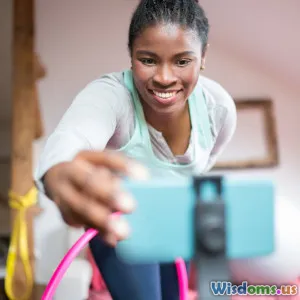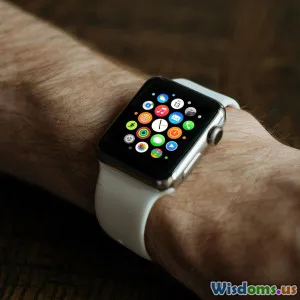
What Data from Sleep Apps Tells About Modern Insomnia
14 min read Discover how sleep apps reveal trends and patterns about modern insomnia using insights drawn from global user data. (0 Reviews)
What Data from Sleep Apps Tells About Modern Insomnia
Every evening, millions of people across the globe set their phones on their nightstands, turn on sleep apps, and attempt to drift off into restful slumber. But in the morning, the sea of notifications and graphs reveal an uncomfortable truth: our collective sleep quality is plummeting. The digital revolution fuels this awareness, yet the data paints a telling portrait of widespread insomnia in contemporary life. What can the numbers—collected over billions of nights—reveal about why we can't sleep and how we might finally rest?
The Digital Revolution in Sleep Tracking
Sleep tracking technology, once the purview of specialized medical devices, is now woven seamlessly into daily life. Apps like Sleep Cycle, Fitbit, Oura, and Apple Health collect immense amounts of data nightly, providing what researchers refer to as a "sleep census" unmatched in history. It’s estimated that, as of 2023, over 500 million people globally use such technology—transforming personal sleep from an unmeasured, mysterious realm into an open data frontier.
Through accelerometers, heart rate monitors, microphones, and artificial intelligence, these systems chronicle our sleep duration, interruptions, stages (such as REM and deep sleep), and even environmental factors like snoring or temperature. The mass of data now available has enabled sleep scientists, tech companies, and even users themselves to spot patterns previously hidden.
Concrete Example
In 2022, Sleep Cycle published anonymized insights from over 100 million nights: the average time to fall asleep was 32 minutes, and the average wake time was 22 minutes earlier than what users set as their alarm. This discrepancy, experts believe, is a consequence of our modern, hyper-alert lives—which leads us right to insomnia’s digital footprint.
Insomnia Through a Digital Lens
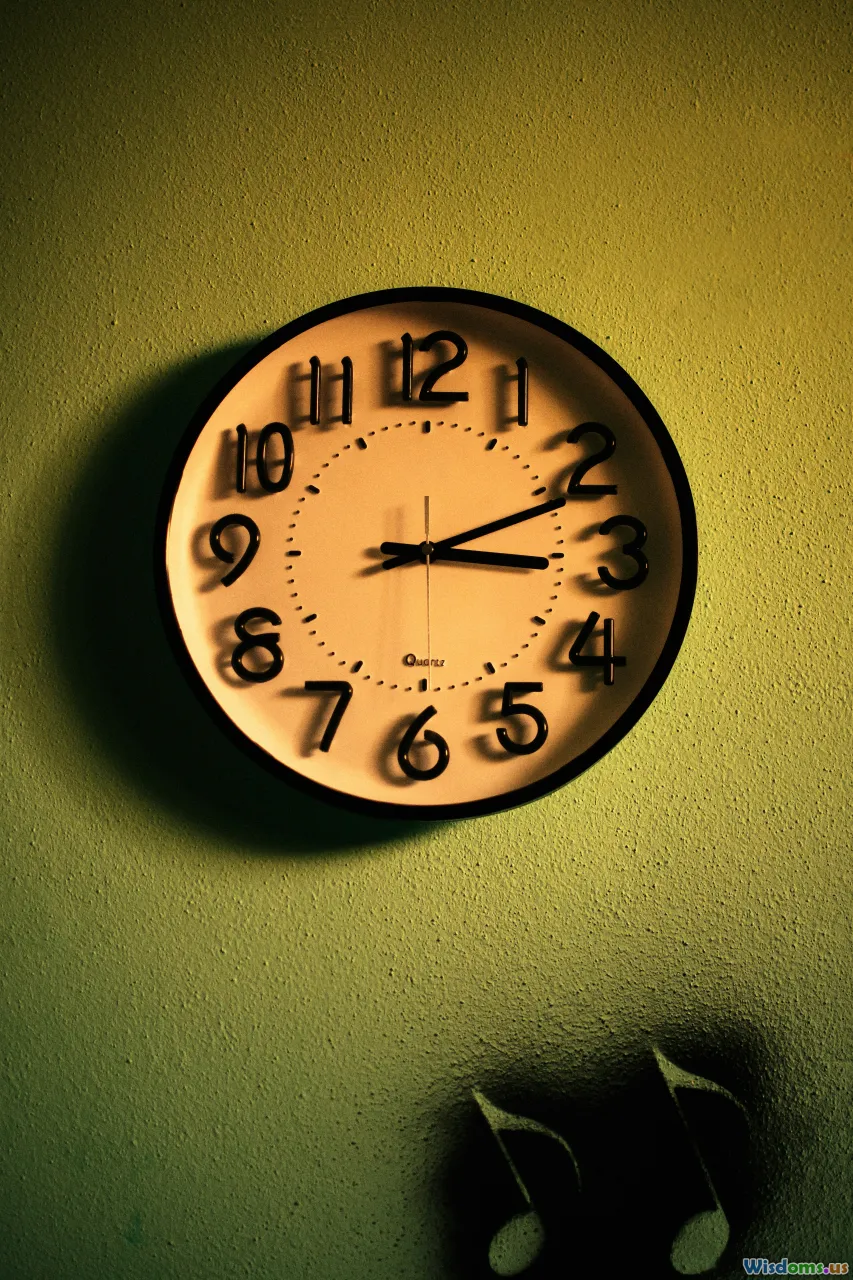
Insomnia is broadly defined as difficulty falling asleep, staying asleep, or waking too early and not being able to return to slumber. While the causes are complex, the consistent signal detected by sleep apps is this: modern users are averaging 1.2 hours less sleep per night than recommended by the CDC.
A striking dataset published in the “Journal of Sleep Research” analyzed metrics from over one billion hours of sleep recorded on major platforms. Key findings for modern users:
- Fragmented Sleep: Users averaged 2.6 awakenings per night.
- Inconsistent Bedtimes: Only 27% of users maintained a regular sleep and wake schedule throughout the workweek.
- Long Sleep Latency: For those who self-identified as having insomnia, app-recorded time to fall asleep routinely surpassed 40 minutes (clinical insomnia threshold is >30 minutes).
Real-World Impact
Take the example of a high-performing professional, Sarah, who uses her wearable daily. Over several months, her app highlighted she had shifted her bedtime later by an average of ten minutes every week due to email responses after hours. Despite aiming for seven hours, her actual sleep barely reached six, with frequent early morning awakenings—classic hallmarks of modern insomnia.
Patterns Revealed: Demographics and Nighttime Behavior
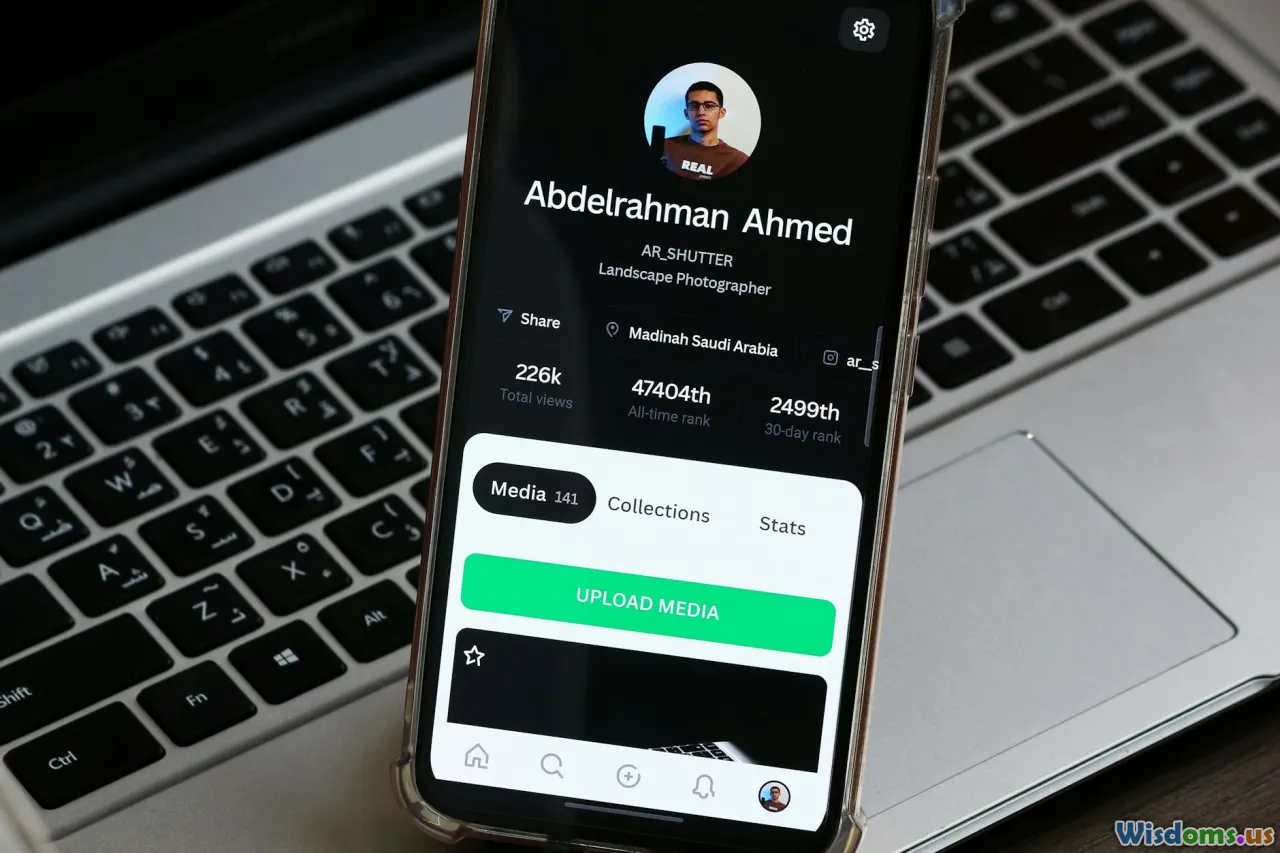
Analyzing sleep app data across demographics yields critical context. Age, gender, region, and lifestyle all play a determining role in how—and how much—we sleep.
- Age: Teenagers and young adults faced the largest sleep deficit, especially on weeknights, with many logging under 6 hours. This contrasts with those over 60, who had more regular sleep routines, but dealt with more frequent interruptions.
- Devices and "Screen Time": Late-night phone and tablet use was flagged by sleep trackers as a major factor in shorter REM phases. Users who spent over 1 hour on devices after 8 PM had less restorative sleep.
- Regional Variations: Data from Fitbit’s Global Sleep Study found that Japanese users averaged only 5 hours 40 minutes per night—shortest of any country surveyed—while New Zealanders topped the chart at nearly 7 hours.
Actionable Insight
Adjusting technology use especially in the hour before bedtime can measurably improve sleep outcomes, as evidenced in trial groups that switched to blue-light-reducing practices or signed up for digital "bedtime reminders."
Correlating Stress, Lifestyle, and Sleep Deficits

App metrics show more than just what time we rest—they spotlight why we may struggle. A consistent trend in the data: high stress days typically lead to less total sleep. Users reporting anxiety or high workloads via in-app journaling or integration with stress-tracking wearables (like Garmin and Apple Watch) averaged 38 minutes less sleep per night.
Work-from-home data (2020-2023):
- Data from Oura Ring indicated that although commutes disappeared, sleep regularity didn't improve for most users. Work stress merely shifted to later hours, with a spike in sleep latency and nighttime awakenings.
Physical Activity: Users logging moderate daily exercise slept 27 minutes longer on average and had fewer wake events. However, strenuous evening exercise was linked to later sleep onset.
Notable Example
A study at Stanford analyzed 1.5 million nights of Fitbit users during "Stoptober" (a health campaign), showing a 20% rise in sleep duration among those quitting or cutting back on alcohol and smoking.
Technology as Both Culprit and Coach
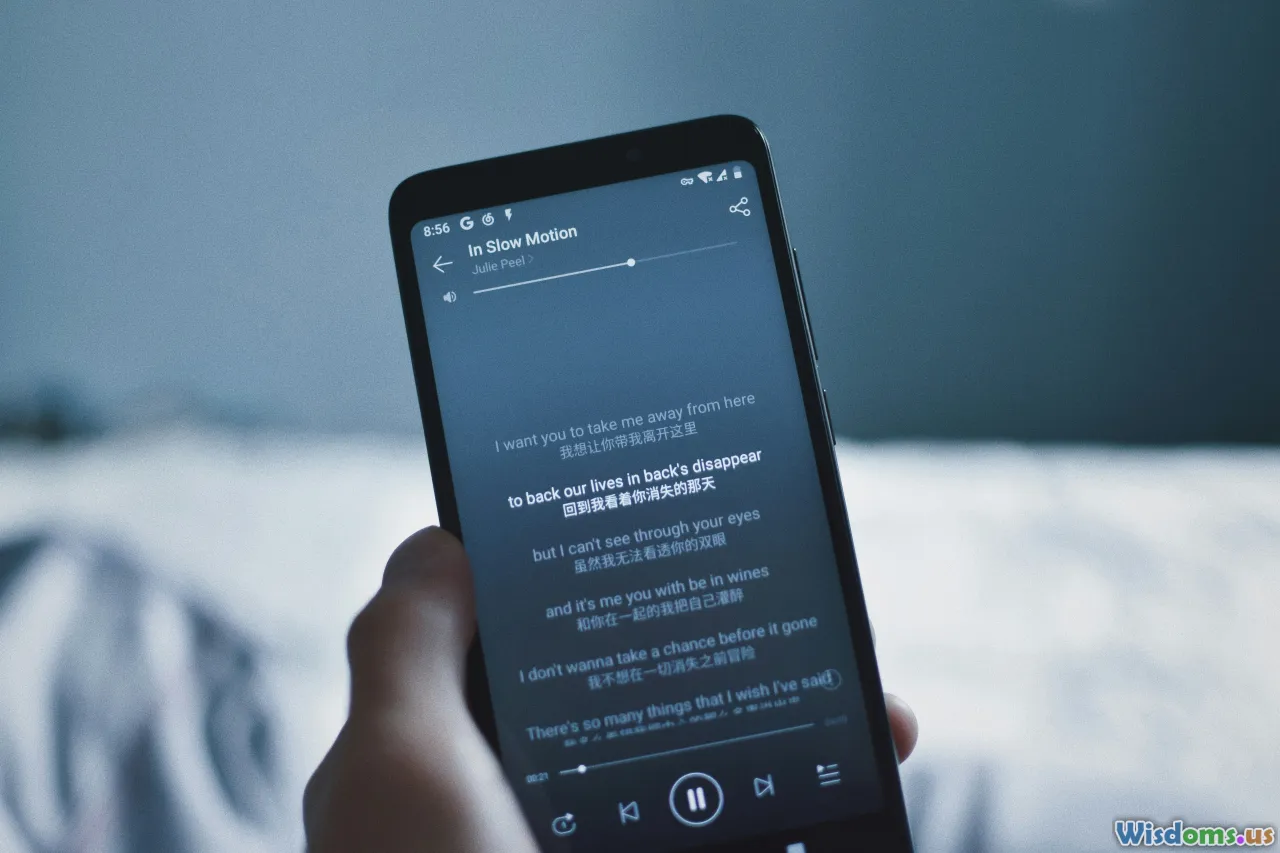
Sleep apps have a paradoxical role in the modern epidemic of poor sleep: they illuminate problematic behaviors, yet technology itself often keeps us awake. The constant glow of screens, nocturnal notifications, and late-night scrolling are regularly called out as primary disruptors by both data and users.
Culprit:
- Notifications at night lead to an average delay in sleep onset of 14 minutes (reported by Sleep as Android).
- More than 60% of adult users in the UK reported device distractions as a reason for taking longer to fall asleep, according to a 2023 Samsung Global Sleep Health survey.
Coach:
- Smart alarms adjust wake-up times within a set window for optimal sleep cycles.
- Guided sleep routines, calming audio, and wind-down reminders are increasingly built-in.
- Some platforms offer community support—like Fitbit’s "Sleep Challenges"—encouraging users to support one another in sleep improvement efforts.
Practical Tips
Establishing a digital bedtime routine—logging off devices an hour before sleep, engaging with mindfulness prompts, and making use of soothing app features only as needed—can turn these tools into valuable allies.
The Promise and Limitations of Sleep App Data
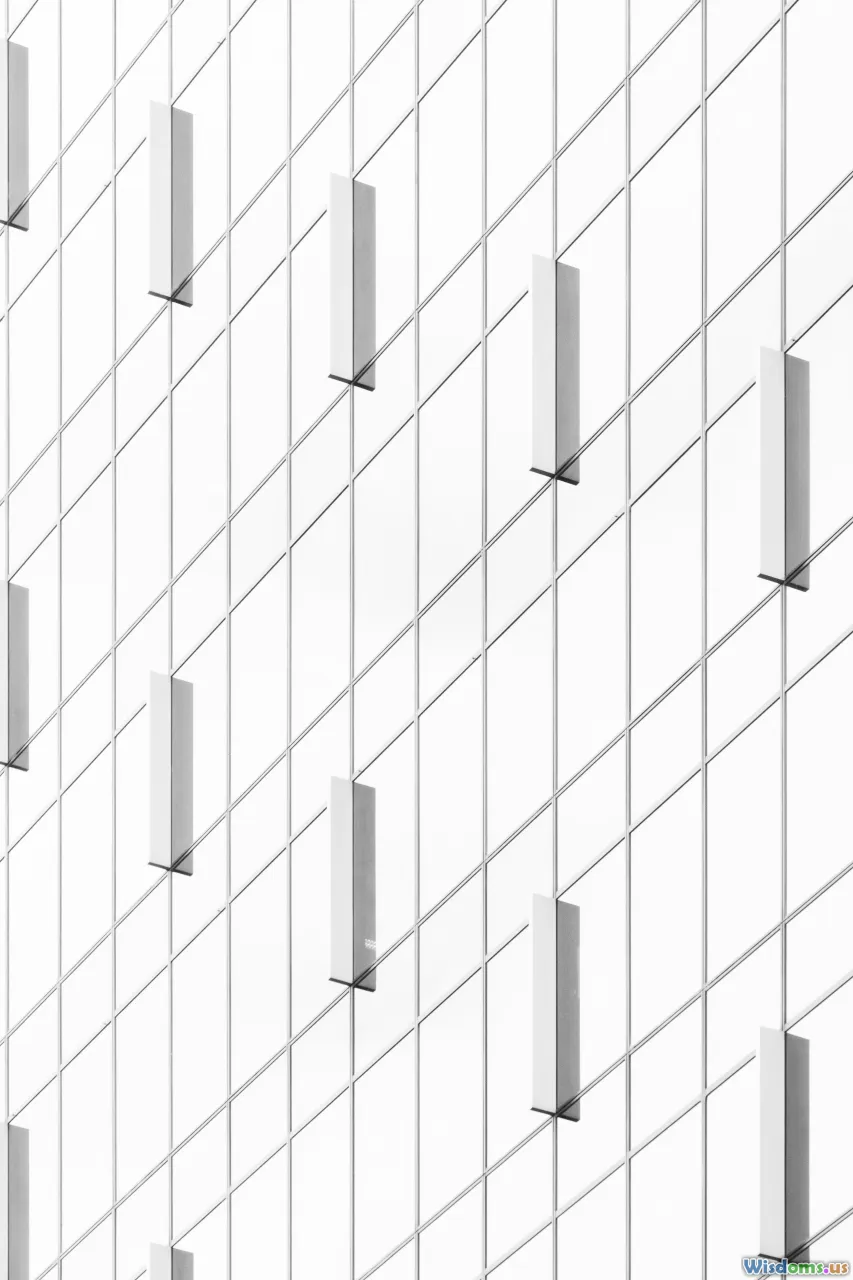
With an ocean of data at their disposal, researchers have unprecedented opportunities—but also face fundamental limitations.
Strengths:
- Aggregated app data identifies population-wide patterns: sleep deficits by work schedules; weekend catch-up trends; effects of holidays or daylight saving time.
- Chronic insomnia can be flagged earlier for some users who persistently under-sleep.
Limits and Assumptions:
- Most consumer-grade devices estimate sleep based on movement rather than brain waves (EEG remains the gold standard).
- Self-reported factors—diet, caffeine, stress—are inconsistently logged.
- Potential privacy and data ownership concerns: a 2023 survey found that 45% of respondents were uneasy about how much personal sleep data was stored in apps.
Case Study: A collaboration between the University of Washington and Oura Ring involved combining app-tracked sleep with genetic and cognitive testing in teens. While useful trends emerged (evening screen time correlates with cognitive sluggishness), the necessity for validation with clinical metrics remained clear.
From Data to Better Sleep: Redefining Insomnia Solutions
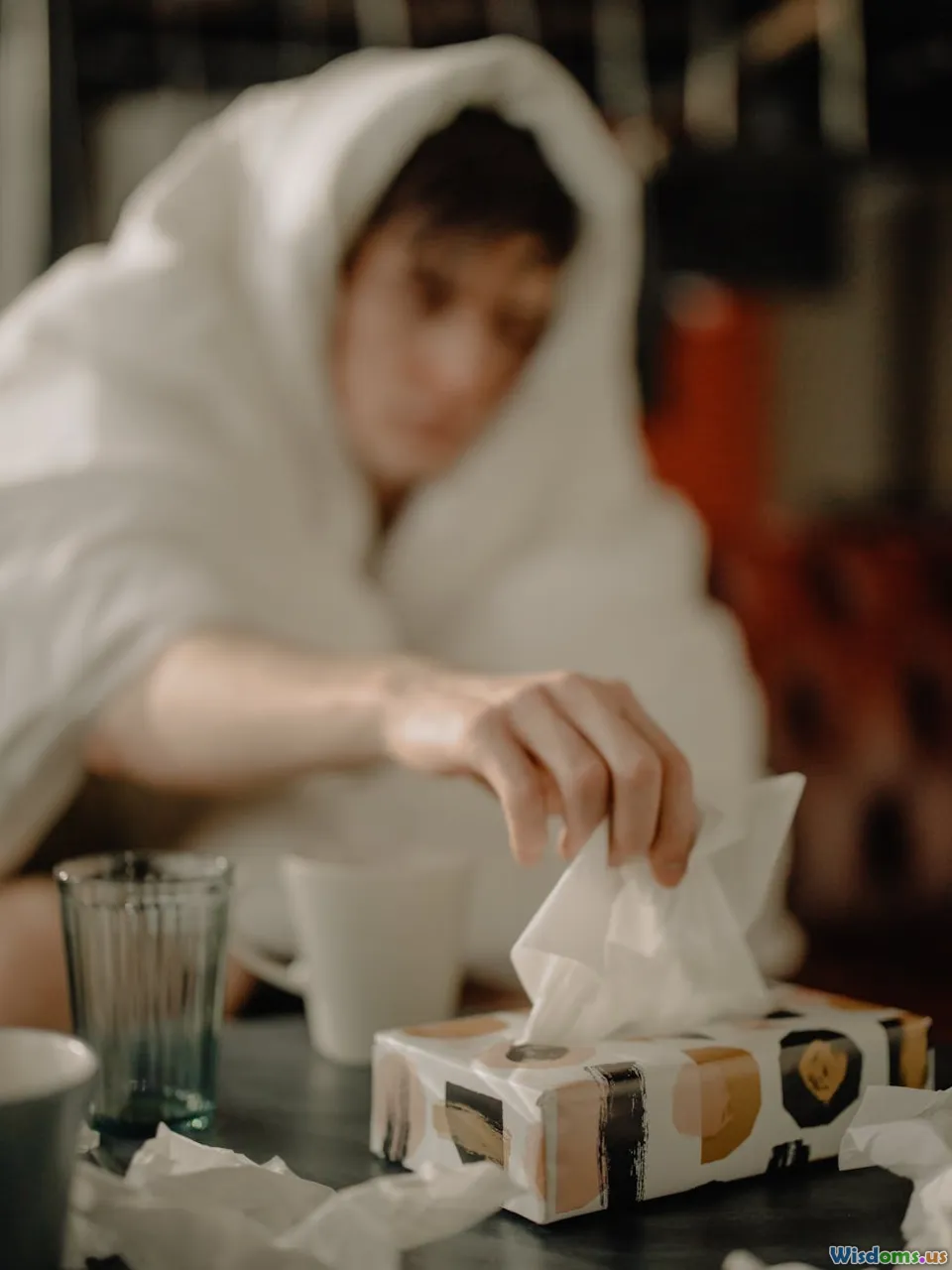
The ongoing revolution in sleep app technology provides not just statistics, but a new route for overturning the insomnia epidemic. Translated correctly, personal information mapped night after night can guide interventions tailored to a user’s unique rhythms.
How data-driven advice works:
- Micro-interventions: Users with high sleep latency receive automated suggestions—like starting wind-down routines earlier or using ambient noise features.
- Targeted tracking: Apps updating users on their week-to-week sleep debt prompt earlier adjustments, before exhaustion compounds.
- Behavioral nudges: For example, users regularly missing sleep due to late emails can set built-in app limits for digital downtime.
Real Outcomes
A 2023 trial led by the National Institute for Health and Care Excellence (NICE) in the UK found that participants using an "adaptive sleep tracker" with daily feedback reported not only improved sleep scores, but also notable enhancements in mood and alertness.
Sleep Hygiene, Reinvented: These insights dovetail with timeless sleep advice—keep tech out of the bedroom, stick to regular routines, move daily—but now they are rooted in granular, personalized, and real-time feedback.
Looking Forward: Embracing Mindful Digital Rest
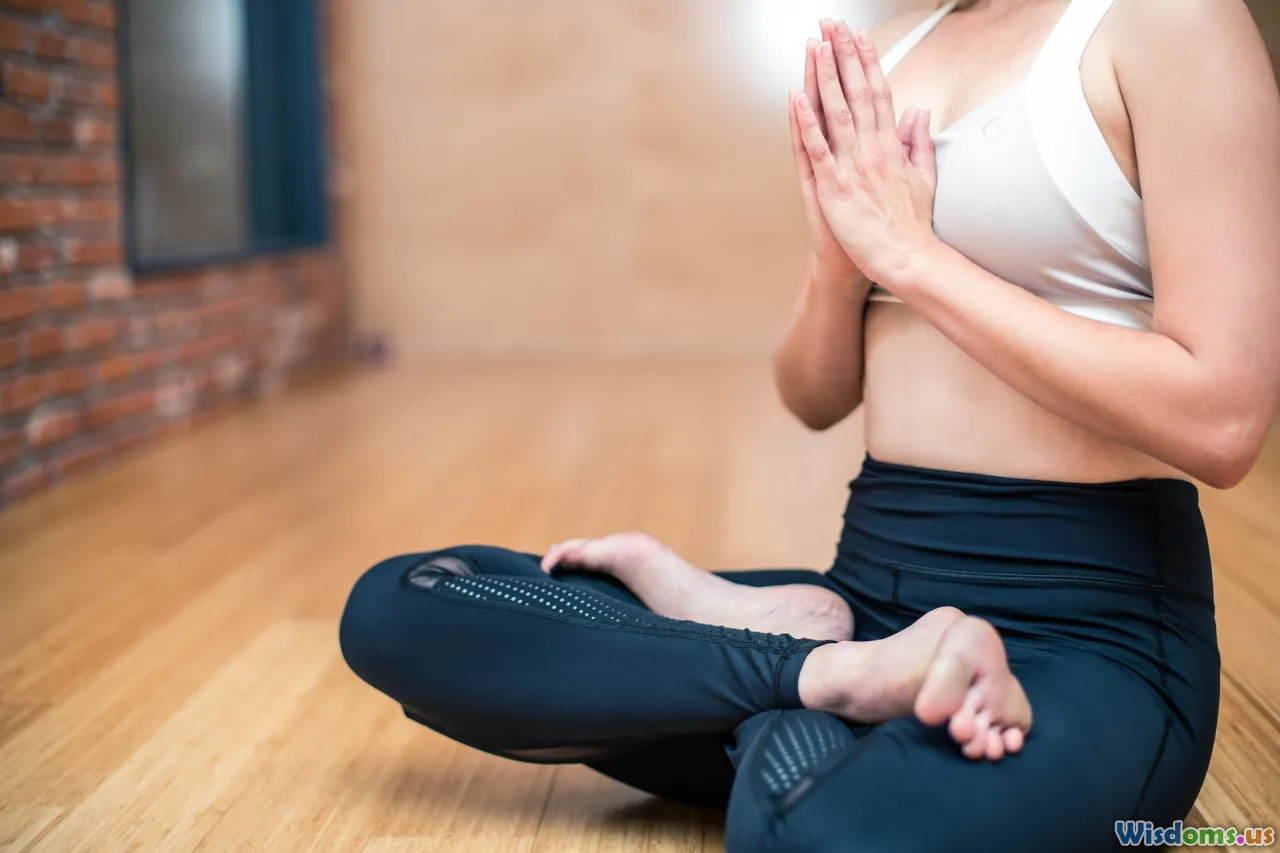
Personal and societal efforts to tackle insomnia are set to gain from the vast—and growing—ocean of digital sleep data. Properly interpreted and thoughtfully applied, this data reminds us that while technology has contributed to the challenges, it holds the tools for transformation.
By reclaiming bedtime from both external demands and digital distractions, and embracing measured, mindful use of sleep technology, we can reverse insomnia’s trend. The next leap may be not just tracking when we sleep, but learning how to sleep well in a perpetually connected world—winning back the peaceful nights that good health demands.
Rate the Post
User Reviews
Popular Posts












